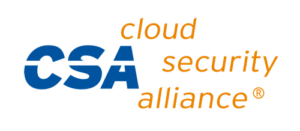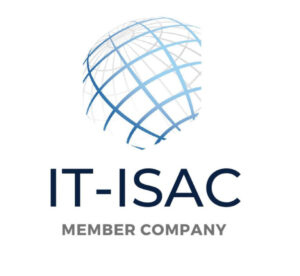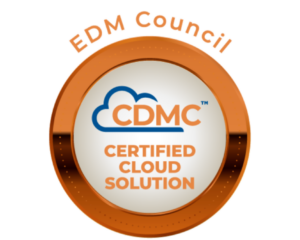Unmatched Data Source Support
BigID’s unique ML and identity intelligence based smart correlation and classification provide organizations an ability to look across structured, unstructured, Big Data, cloud and apps with one tool at Petabyte-scale. BigID can be deployed on-prem or in the cloud, requires no agents or ETL. It’s easy and intuitive to connect to new and existing data sources, highly flexible, and is built to scale.
Filtering By:
Industry Leadership




















